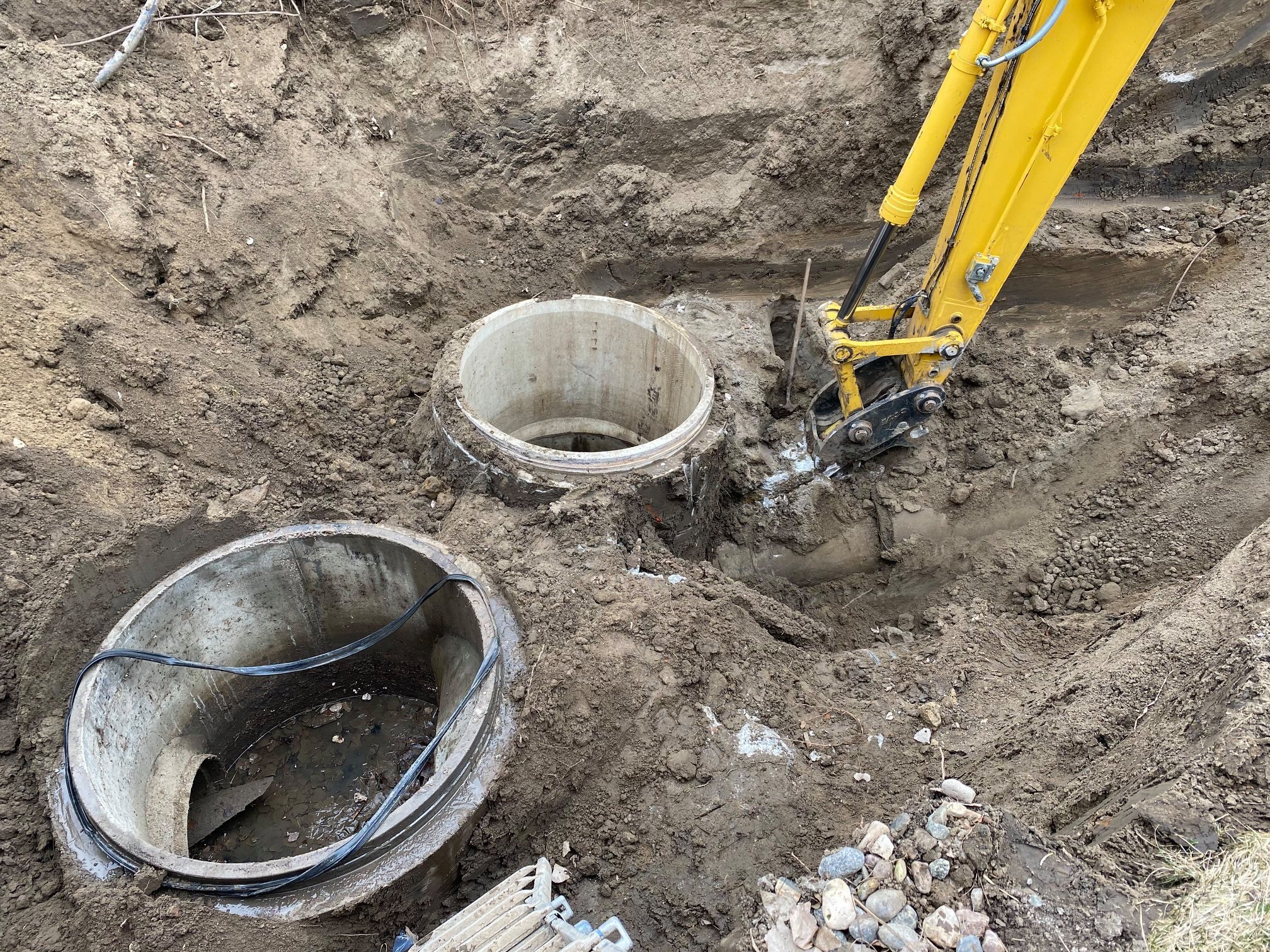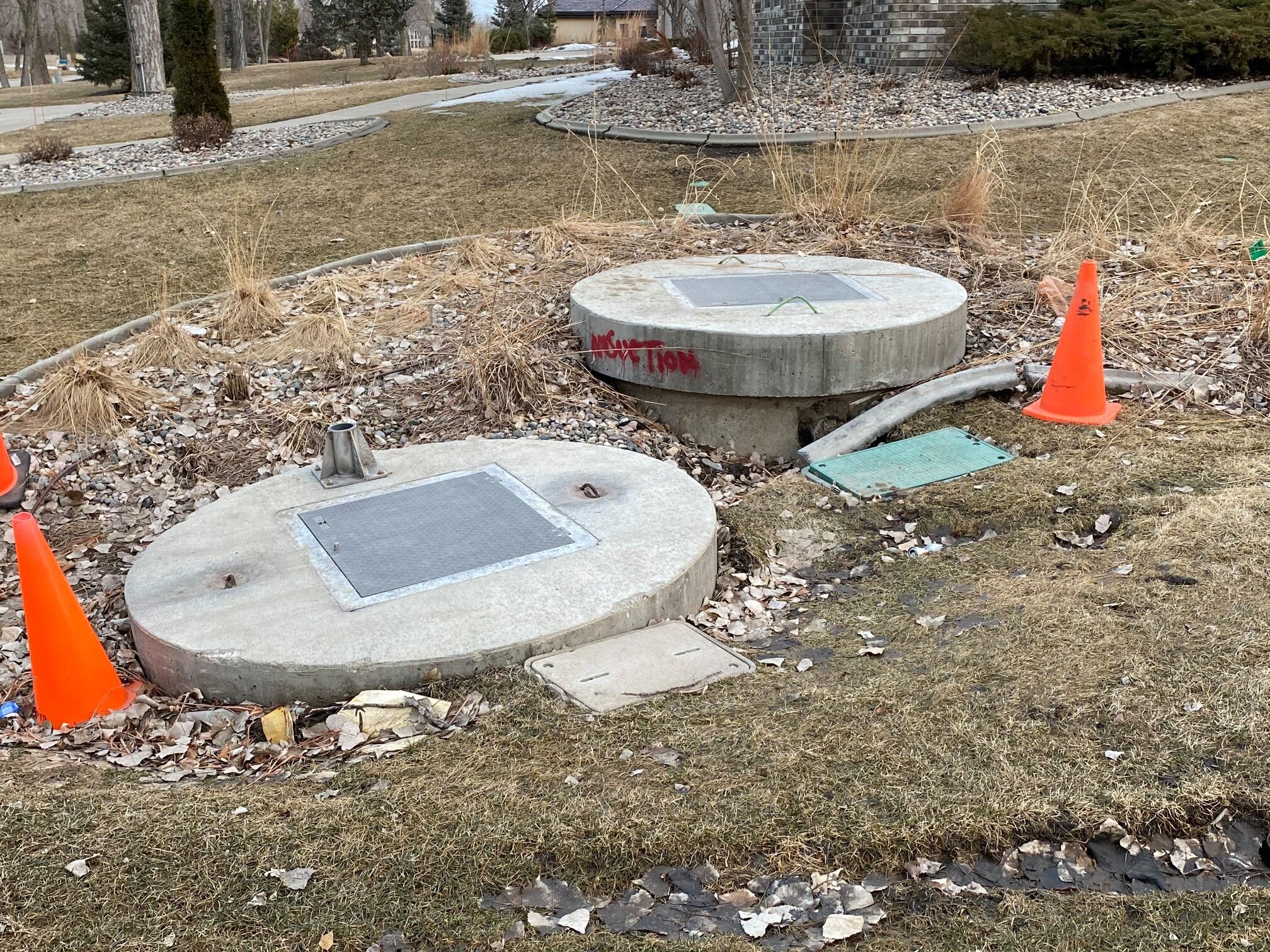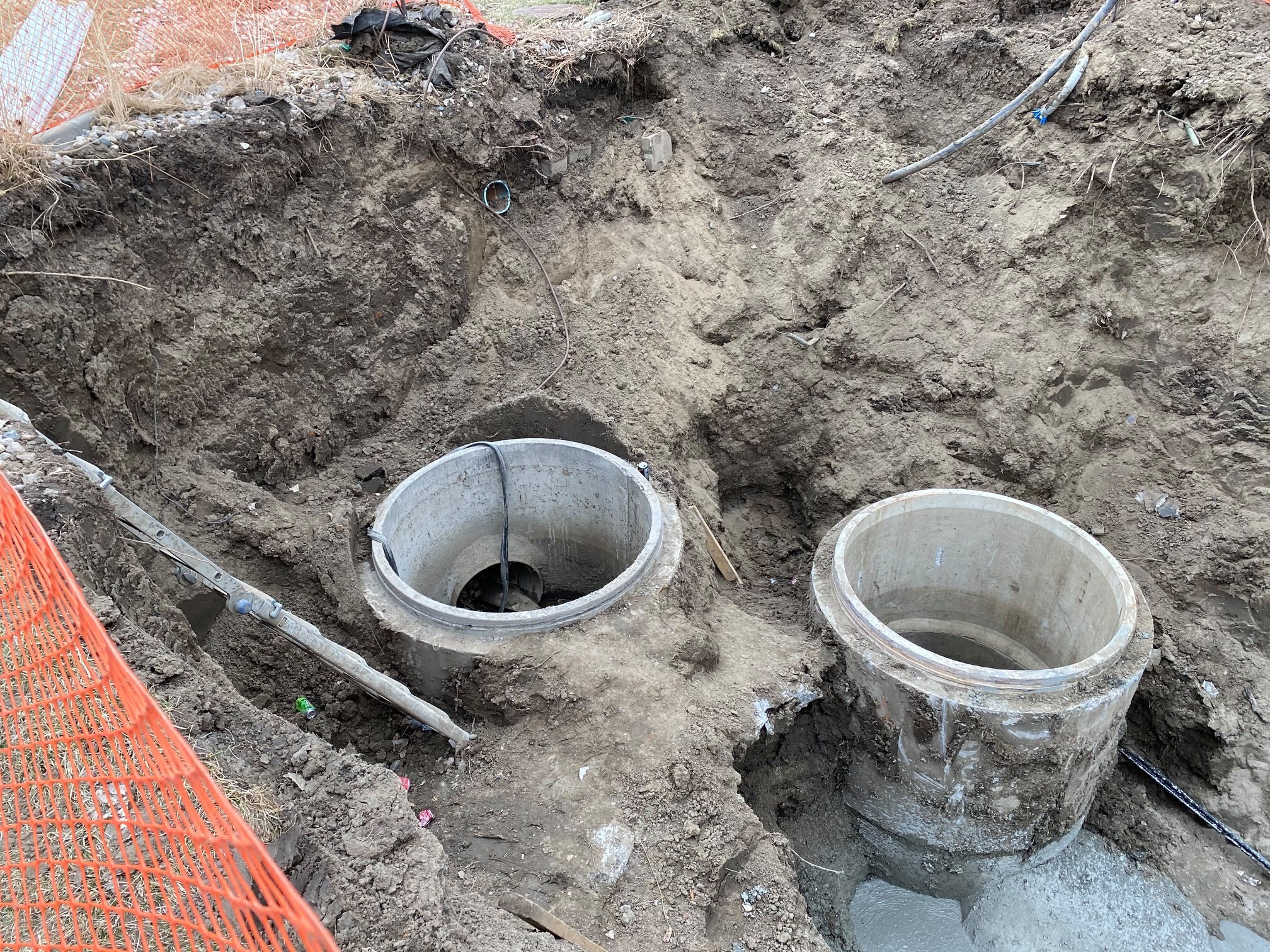Dakota Dunes CID
CEC and RP Constructors protected Public Infrastructure and Residents from a historic Missouri River flood; with strategic partnership and 24/7 support.
The Client
The Community Improvement District (CID) is the local governmental body of Dakota Dunes, South Dakota; a planned community, centered between the Big Sioux and Missouri Rivers at the extreme Southeast corner of South Dakota. The CID is governed by a five-member Board of Supervisors and employs a full-time manager and staff to oversee the day-to-day operations of the CID. The CID oversees street maintenance, storm sewer collection, parks, and public safety, and it has its own water treatment and distribution systems.
What We Did
In the Spring of 2011, record-setting rains, unusually moist soil conditions, and melting snow from a near-record setting snowfall in the Rocky Mountains and Northern Plains States combined to form a perfect storm that led to catastrophic flooding along the Missouri River Basin. On Friday, May 27, 2011, the Dakota Dunes Community Improvement District (CID) went into action and began the process of constructing a temporary southern levee around the perimeter of Dakota Dunes to protect residents and business owners from the devastating flooding.
Challenges immediately presented themselves as the levee needed to run through the backyards of residential neighborhoods. But CEC worked 24/7 to control the damage to homes by constructing the first temporary levee in just seven days. CEC President Ryan Callaghan stepped away from the company to solely work under the umbrella of Dakota Dunes to focus on the project.
“My thought process was if I made the wrong decision on a levee and I send troops over there and they shouldn’t have gone over there, I’d have about $350 million dollars’ worth of liability.”
The U.S. Army Corps of Engineers arrived around Memorial Day and agreed to build a temporary “secondary” levee that would split the community in two, protecting the interstate and half of the community if the temporary southern levee failed (the levee ended up holding). CEC aggressively went after winning the bid, partnering with Western Contracting Corporation and showing up early and negotiating a contract by midnight the same day. CEC/Western worked 16 hours a day for six and a half days to place 72,000 cubic yards of levee material. The entire project ended up costing $1.9 million. CEC formed a close relationship with the Army Corps of Engineers, who trained our engineers on levees. CEC was chosen to be the “boots on the ground” for levee inspection, which were done seven days a week from June through August. CEC also received daily reports and was available 24/7 to mitigate problems, including overnight emergencies.
CEC also collaborated with the Army and Air National Guard contingents from the state of South Dakota, Swift Water Rescue, first responders, and the Dakota Dunes CID. CEC was hired by the Dakota Dunes CID as the lead engineer on levees for the duration of the flood event. Constructions crews were onsite around the clock for the summer.
In total, the Missouri River flood event caused more than $2 billion in damages up and down the Missouri River, including 4,000 flooded homes. Approximately 1,400 people were evacuated from their homes.
Once the flood waters receded in late August 2011, CEC and RP Constructors spent the next two years helping to restart the community’s water system and removing the temporary levees. The startup included repairing the community’s sanitary collection system, water system disinfection and storm sewer repair. CEC also reconstructed the golf course, built a permanent levee, and provided a groundwater mitigation system.
Services Provided
Flood engineering. Including projects to increase flood protection (flood proofing—embankment construction, storm sewer pump stations, storm sewer check valves)
Storm sewer, sanitary, and water main engineering
Water plant engineering and construction observation
Drainage studies
Roadway surfacing
Construction surveying, land surveying, drone/aerial survey, and imaging













